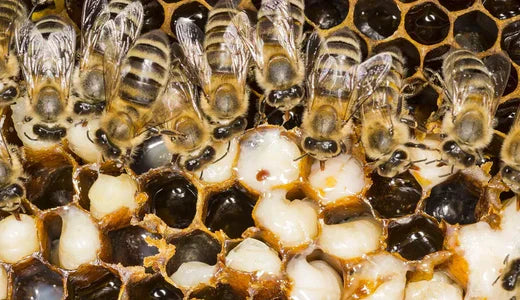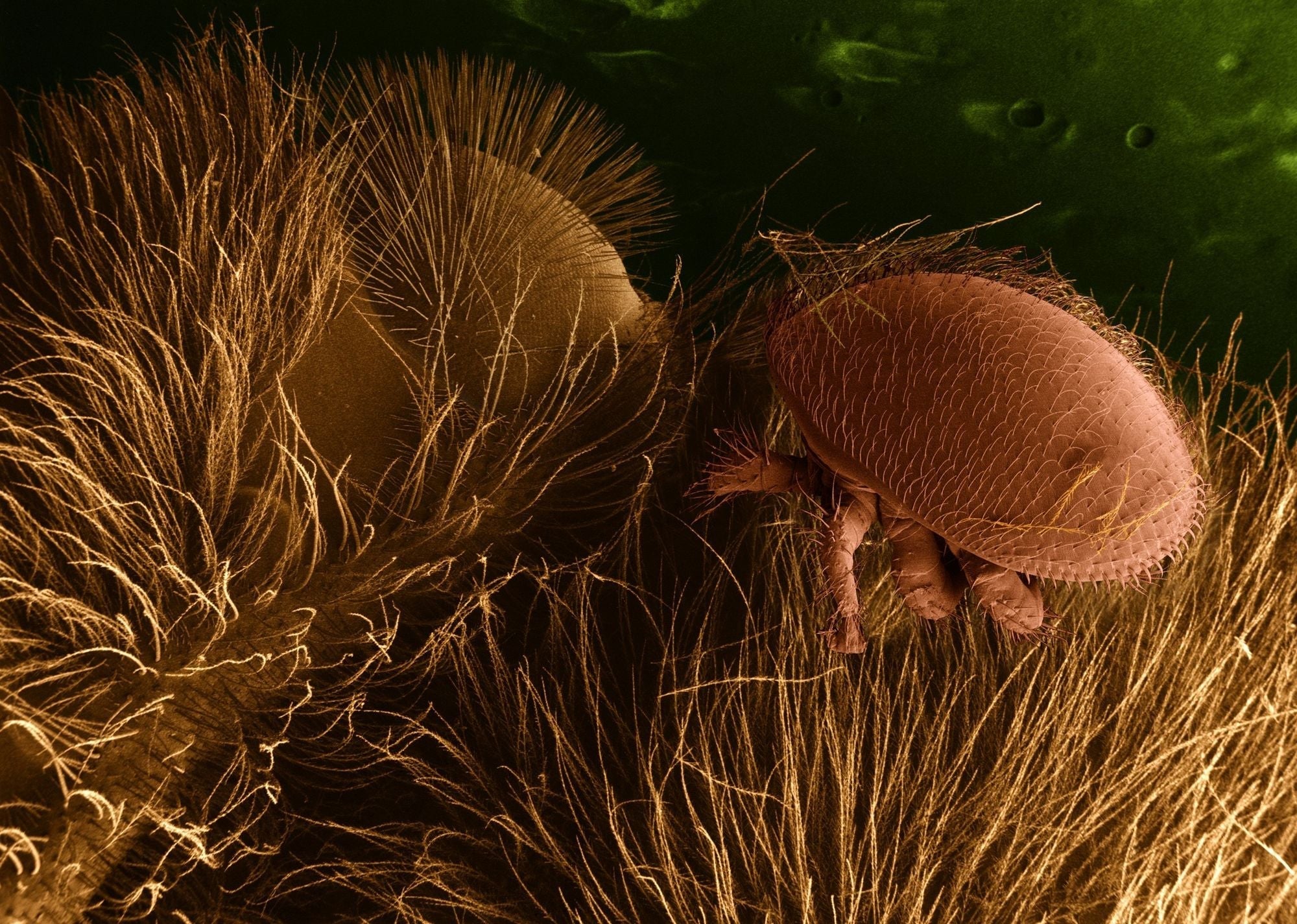Varroa Mite: Understanding the Threat and Protecting Your Hives
- Varroa mites are a small, destructive pest that can kill honeybee colonies.
- Australia is currently experiencing a Varroa invasion, making vigilance crucial for all beekeepers.
- Varroa mites feed on bees' fat bodies and spread harmful viruses.
- Mites spread through bee drift, swarms, hive movements, and especially robbing.
- Systematic monitoring and quick action are key to managing Varroa effectively.
What are Varroa Mites and Why Vigilance is Key
Varroa destructor are small mites that infect honeybee colonies. As their name suggests, these mites are very dangerous and destructive to your bees. They will drain your bees' energy and foraging power, and eventually lead to the colony’s death. Australia is one of the last regions in the world to experience a Varroa invasion. Strong surveillance has helped keep Varroa out for many decades. Continuing this surveillance yourself, in your own hives, will help find and eliminate this pest before it becomes widespread.
Understanding the Varroa mite is the first step in protecting your precious bees. Let's look at the basics of this formidable pest and how it impacts bee health.
Watch video here:
Varroa Basics: A Threat to Bee Health
Varroa are small brown mites, about 1.5 mm in size, that infect honeybees. They feed on the fat bodies of the bee, which severely impacts their health. While small, they are quite large compared to a bee. If left untreated, Varroa will kill most hives within a season. Importantly, an infected hive can also become a source of Varroa for all other hives nearby. This means Varroa control and surveillance is truly a team effort. Also, in addition to draining energy from the bees, Varroa mites also spread viruses and other diseases to honeybees. This further impacts hive health, and Varroa infections are often linked with increases in Bee paralysis virus, Deformed wing virus, and Sacbrood virus.
Spotting the Signs: Symptoms of Infestation
In the early stages of an infection, you might not see any symptoms. This is why checking all your hives is important, not just those that seem weaker or show signs of trouble. Common detection methods include using a sugar shaker or alcohol wash to determine if you have an infestation. As the infestation grows, you may start to see specific signs, often referred to as Parasitic Mite Syndrome (PMS). These include:
- Scattered brood (a patchy brood pattern)
- Crippled or crawling honeybees
- Increased rates of wing deformation
- Impaired flight
- Decreasing bee numbers and reduced bee weight
- Slumped larvae and sunken cappings
Life Cycle and How Varroa Spreads
The Varroa mite has two main life stages: phoretic mites and reproductive mites. Phoretic mites are those attached to a bee, representing only about 20% of the mites in a hive at any time. These are always pregnant females and they move throughout the hive. They are most often found on nurse bees but can also spread to foragers. These infected foragers are how Varroa can spread from one hive to another. The infection zone includes anywhere these carrier bees can go.
Common Infection Sources:
- Bee Drift: Bees returning to a neighboring hive. Studies have found marked bees in hives up to 5km away.
- Swarms and Splits: These can spread both phoretic mites and mites in the reproductive stage.
- Transport or Dump Sites: Disoriented bees sometimes return to the wrong hive. This can be an issue for large hive movements like pollination or for apiaries located close to each other.
- Lost Bees or Left Behind Bees: For example, when hives are moved during the day and foragers then return to neighboring hives.
- Shuffling Brood Frames: Whether you are balancing brood between hives or moving honey stores, you might also be moving infected bees or comb.
- Robbing: Bees that enter a hive to rob honey may also leave Varroa behind. This is believed to be the highest risk activity and how most Varroa is spread. Aim to decrease this risk by limiting open sugar or pollen feeding and by reducing entrances on weak hives.
The common factor in all these scenarios is how close hives are to each other. We encourage beekeepers in an area to work together proactively. First, get your Varroa surveillance plan in place, and then check with neighboring beekeepers to ensure they are doing it too.
Once an infected bee lands in a new hive, it often settles in without realizing it's not its original home. The Varroa hitchhikers can then move off the bee into the hive and start the reproductive phase of their lifecycle. The reproductive stage begins with a pregnant female mite entering a brood cell as it is being capped. The mite is good at hiding under royal jelly or beneath the pupa itself to avoid being found. The smell from the bee larva attracts the mite to the cell.
Once inside, she will start by laying male offspring (eggs are laid and not fertilized) and then females, which are called nymphs. These nymphs grow and feed on the pupa until they become sexually mature. The brood cell remains closed during this time. The mites then interbreed among themselves. When the cell is uncapped days later, the pregnant females emerge along with the new bee. The mites then move onto the phoretic stage. These pregnant female mites spend 3-4 days riding on worker bees (plenty of time to spread between hives) before going back into another reproductive stage. The male mites and adolescent mites stay inside the cell and die. Male mites cannot survive outside of a brood cell.
In a highly infected hive, you will see mites when any brood is uncapped. They look like brown dots on the white pupa. The mites prefer drone brood over worker brood, so checking drone brood is a good surveillance technique. This is because drone brood has a longer development stage, meaning more Varroa can be bred per brood cycle. On average, each mother mite has 1.5 daughters in worker brood and 2.5 daughters in drone brood. The mites can smell a difference between the two and will prefer to enter drone brood. This sense organ is on their front legs, and they also have a basic sense of light or dark and can feel vibrations as they move around the hive.
Since mite reproduction happens with bee brood, spring, summer, and autumn are the key times to look for Varroa. When a queen is laying, Varroa numbers can double every four weeks. As an invasion is happening now in Australia, Varroa must be checked for all year round, and no season should be considered low risk.
Systematic Steps for Varroa Vigilance:
Step 1: Understand the Varroa Lifecycle
Familiarize yourself with how Varroa mites reproduce and spread, particularly their two stages: phoretic (on bees) and reproductive (in capped brood). This knowledge helps you understand when and where to look for them.
Step 2: Implement Regular Monitoring
Even without visible symptoms, regularly check your hives for Varroa mites. Methods like sugar shakes or alcohol washes are effective for early detection. The earlier you find them, the easier they are to control. Explore Varroa surveillance tools and techniques.
Step 3: Reduce Spread Risks
Be aware of how Varroa spreads between hives (drift, swarms, robbing). Take steps to reduce these risks, such as limiting open feeding and decreasing entrances on weaker hives.
Step 4: Collaborate with Fellow Beekeepers
Varroa control is a community effort. Work with neighboring beekeepers to coordinate surveillance and share information. This collective approach helps protect a wider area.
Step 5: Maintain Detailed Records
Keep precise records of your inspections, mite counts, and any treatments applied. This helps you track the infestation levels and the effectiveness of your efforts over time. Read more about why record keeping is crucial for varroa mite surveillance.
Summary of Key Takeaways
- Varroa mites are a severe threat that can lead to colony death by feeding on bees and spreading viruses.
- Early detection of Varroa is crucial, even when no visible symptoms are present, making regular surveillance essential.
- Mites spread easily through various bee activities, highlighting the need for collective action among beekeepers.
- The Varroa mite's lifecycle is linked to bee brood, meaning spring, summer, and autumn are high-risk periods for mite reproduction.
- Systematic steps, including monitoring, risk reduction, and record-keeping, are vital for managing Varroa.
Ready to Protect Your Hives?

Ecrotek Australia gives you the tools and knowledge you need for effective Varroa mite management. From detection kits to treatment options, we're here to help you keep your colonies healthy and productive.
Shop Varroa Control ProductsOr contact our team today for personalised advice on Varroa mite management solutions for your beekeeping operation.


